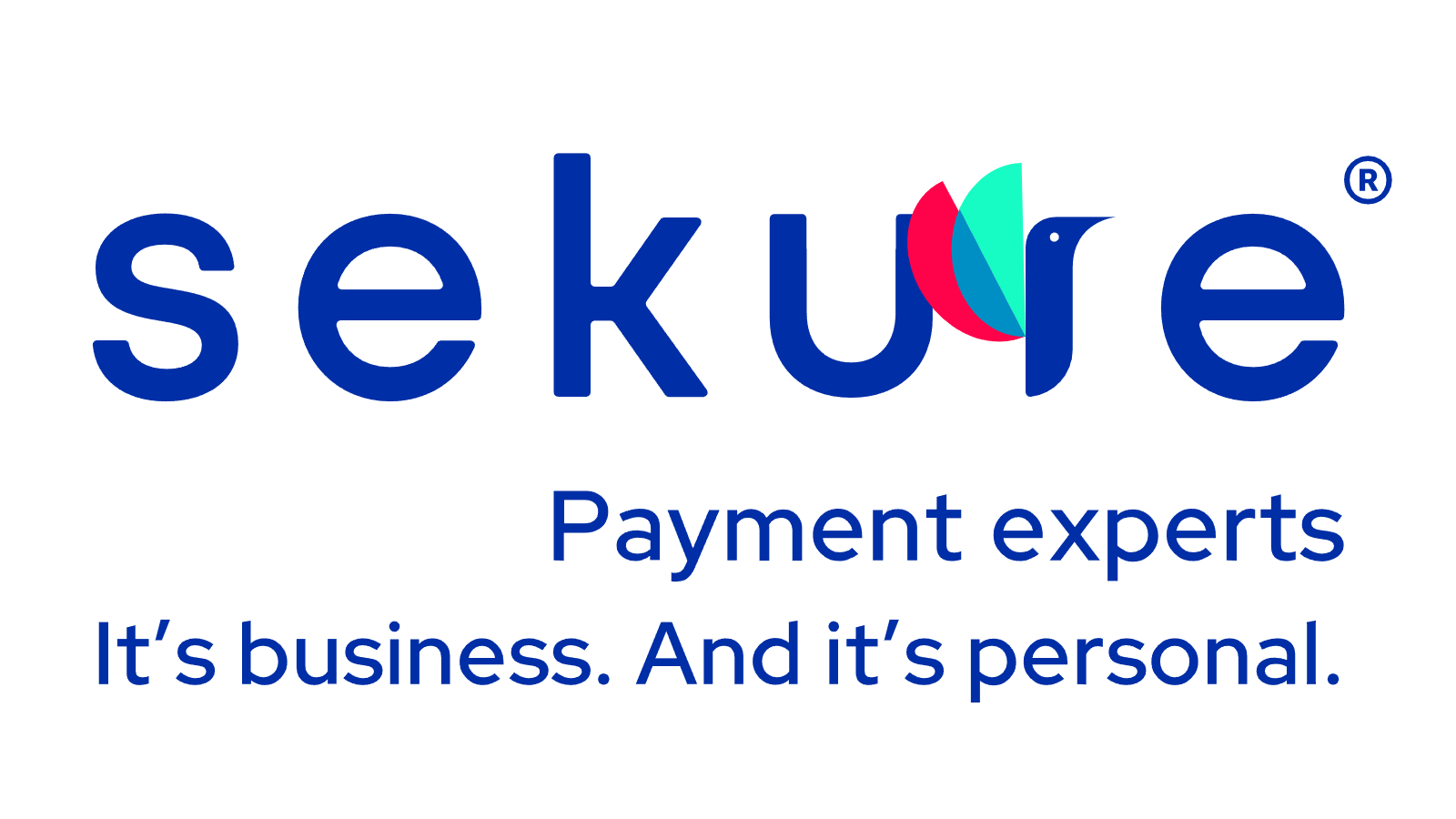Jump to:
- Why businesses are adopting offline credit card transaction solutions
- Accepting offline payments: Risk factors to consider
- How to accept offline credit card transitions: 3 best practices
- Setting up offline credit card transactions with Payanywhere: Key steps
- Accept secure offline transactions at low, predictable rates
A seamless transaction experience is a pillar of the customer experience. Without seamlessness in this area, businesses risk losing immediate sales and open the door to a loss in long-term customer acquisition.
How can your business ensure a positive checkout experience — all of the time? Through accepting offline credit card transactions.
Want to learn how to accept offline credit card transactions and, in doing so, what the key factors to consider are? We help over 35,000 businesses manage their payment processing — and we’re here to share our insights.
Why businesses are adopting offline credit card transaction solutions
As a business, you need to commonly expect the unexpected. With such a reliance on Wi-Fi connectivity, it’s important to expect that from time to time, that connection will become unreliable. On days when you’re unable to establish a connection, you can still ensure no customers are left without the ability to pay — regardless of the payment method.
Therefore, it’s by accepting offline payments that your business gains the flexibility it needs, while simultaneously mitigating risk and increasing sales opportunities.
- Flexibility: Whether your business is remotely located and subject to frequent connectivity disruptions, or you’re simply at the whim of standard Wi-Fi outages, offering offline payment methods gives you the flexibility you need to ensure business continuity amid changing conditions.
- Risk mitigation: Offline transaction capabilities safeguard against the risk of lost revenue during internet disruptions. It’s by diversifying payment methods that account for all risk scenarios that businesses strengthen their resilience.
- Increased sales opportunities: Customers report seeking competitors if the checkout process isn’t seamless. Conversely, offering offline payment methods options can ensure customer engagement by removing barriers to completing purchases — both capitalizing on every sales opportunity and, importantly, enhancing the overall customer experience.
Accepting offline payments: Risk factors to consider
There are a few addressable risk factors that come with accepting offline card payment options.
One is the potential for increased fraud. This is because offline payment processing bypasses many of the real-time authentication and verification checks that online systems utilize — leaving room for exploitation by malicious actors with stolen or fake payment details.
Another is the possibility of declined payments once connectivity is restored. This is due to discrepancies or errors in transaction information that cannot be immediately verified and rectified in the absence of a real-time connection, potentially leading to failed transactions and revenue loss.
Businesses also express data security concerns for storing customer payment and card information offline. Data security is one side of the coin while compliance is the other — leaving businesses asking how they can systematically maintain regulatory compliance while also securing offline payment processing data against potential breaches and unauthorized access.
Adopting a reliable offline credit card transaction provider can address each of these risk factors. The provider does the heavy lifting: their infrastructure and software works to minimize risks through stringent data security measures, ensure compliance with financial regulations and implement robust verification processes for transactions, among other mitigating measures.
How to accept offline credit card transitions: 3 best practices
You can adopt secure offline credit card payment processing with Payanywhere. And, by partnering with Sekure Payment Experts, you can gain access to Payanywhere’s offline payment capabilities at the most affordable, predictable rates.
As you adopt Payanywhere, here are three best practices to keep in mind:
- Enable offline transactions before you need them: Offline payment capabilities need to be turned on in advance — at a time when you do have connectivity. With Payanywhere, this is just a matter of clicking a button; it’s that easy.
- Be mindful of transaction amount limits: For regulatory and security purposes, there is a default offline transaction amount limit of $100. Although, you can adjust this amount.
- Process offline transactions within 72 hours: Once you’ve regained connection, 72 hours is the maximum time you have to process your offline orders. However, the sooner, the better.
Setting up offline credit card transactions with Payanywhere: Key steps
Payanywhere offers an easy, affordable and smart offline payment processor solution, whether your business is on-the-go or brick-and-mortar — here’s how it works:
- First, you need to enable offline processing in the Payanywhere app. It’s easy — just go into settings and then select ‘Offline Transactions.’ There, you can toggle offline transactions on.
- In the event of a weak or lost internet connection, you will be prompted to process payments offline. Should you choose to proceed, you must then allow your customers to select their preferred receipt delivery method — either email or SMS. Receipts will be dispatched once connectivity is restored.
- To access saved offline transactions, navigate to "Menu" > "Offline Transactions." Upon reestablishing an internet connection, Payanywhere will alert you to any pending transactions. You may process these individually or in bulk.
Remember: Do not clear the Payanywhere app or device data if you have offline processing transactions that are yet to be managed online. Doing so will result in those transactions being lost.
So, the next time your Internet connection is spotty or lost, rest assured that you can still process online transactions.
Accept secure offline transactions at low, predictable rates
With Payanywhere, you can gain easy access to offline transaction methods. As Payanywhere is a partner of Sekure Payment Experts, we can guarantee you a payment plan that is predictable and tailored to your specific needs.
Sekure's ETA CPP Certified Payment Experts are experts on the Payanywhere platform. If you have any questions — big or small — we're here to help.
Categories

